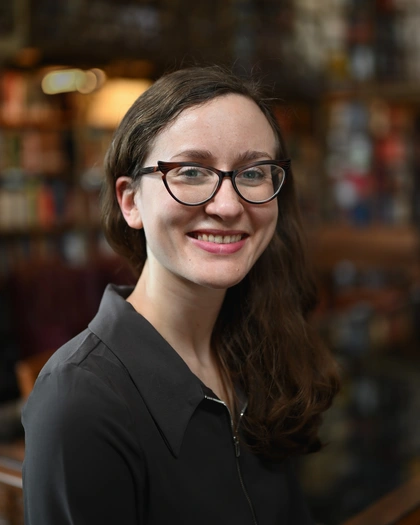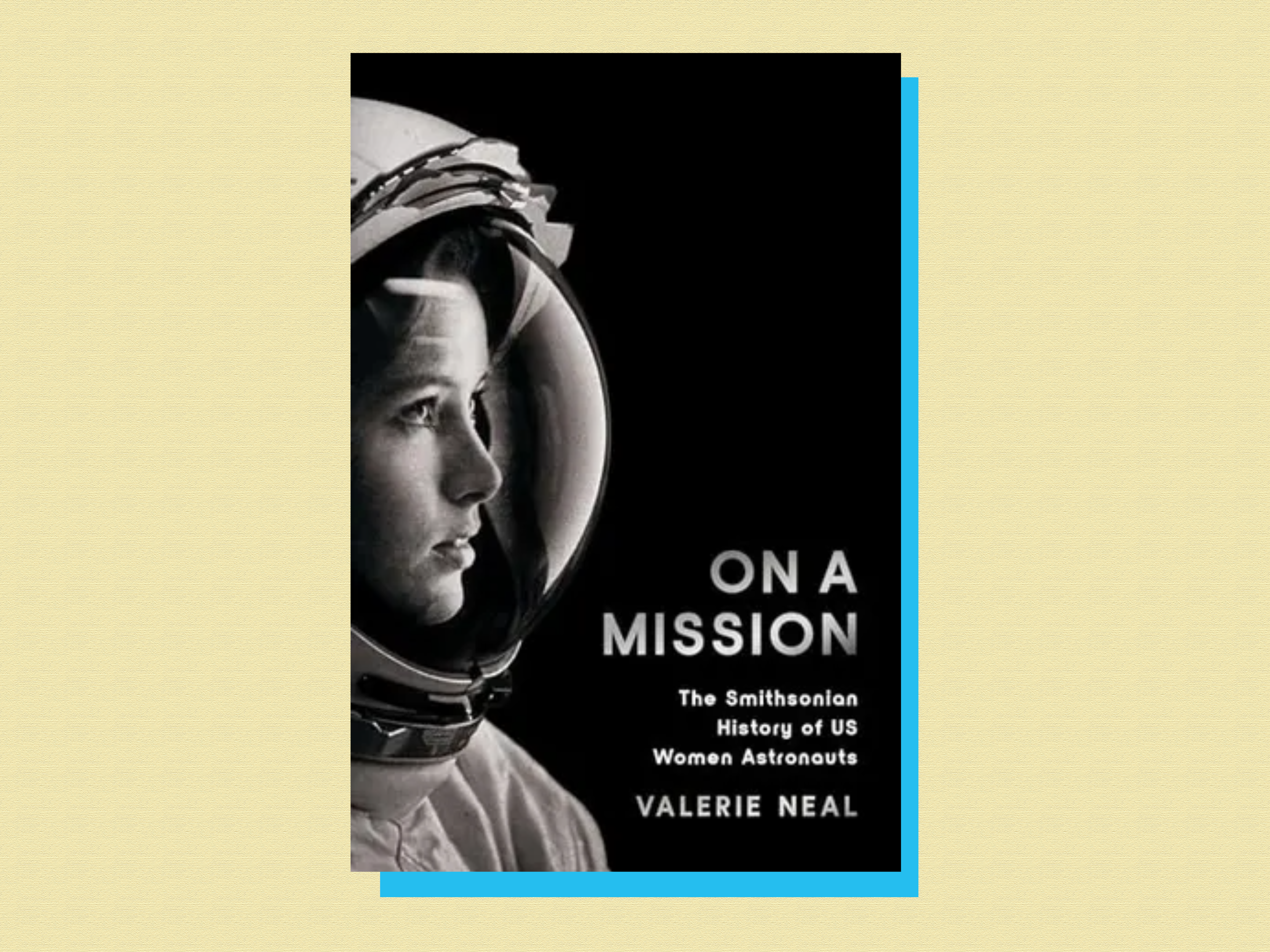Dorothy Tang is an Archives Fellow at AIP, focusing on improving the documentation of women in the physical sciences through conducting new oral histories for the Niels Bohr Archives and highlighting interesting narratives within existing collections. The AIP publishes its findings bimonthly on Ex Libris Universum.
Today we're sharing Dorothy Tang's recent post about her work, and her intentions to blog about interesting stories from the archives throughout the next year. To follow her posts, sign up for the newsletter at Ex Libris Universum. Meet the Archives Fellow Enriching the Historical Record of Women in the Physical Sciences
In July 2025, AIP started an initiative to improve the documentation and contributions of women in the physical sciences. With the help of the Henry Luce Foundation, the project is underway and I’m very excited to be working with the Niels Bohr Library & Archives (NBLA) team as the newly minted Archives Fellow. As the fellow, I’m tasked with improving the historical record of women in the physical sciences across a variety of areas. I am conducting archival research and identifying stories that forefront women scientists’ experiences in their professional, academic, and personal lives. This will take the form of blog posts and social media posts, highlighting themes and through lines across NBLA’s oral history and archival collections. I am also enhancing the oral history collection by conducting new oral history interviews with scientists at various stages in their careers. Lastly, I am supporting NBLA’s ongoing outreach endeavors, such as participating in Wikipedia edit-a-thons to improve and promote historical information about women in the physical sciences and their discoveries in the field.
A bit about me
I recently completed my Master of Library and Information Science program at the University of Maryland, with a focus in Archives and Digital Curation. An enduring dimension of my work has been audio storytelling, as I come from a community archives background and specialize in oral histories. Prior to entering archives, I worked in independent broadcast journalism.
As an archivist, some of my interests include people-centered narratives, information and power, digital cultural memory, scent and memory, and reparative archival work. I’m deeply fascinated with the past, meaning making, and how structures of power and knowledge shape our realities and how we relate to each other and ourselves.
What I’m excited about
With the guidance of AIP historians Anna Doel and Jon Phillips, I’m learning more about interviewing scientists and history of science approaches to storytelling. I’ve interviewed a variety of people such as activists, humanities professors, authors and more, yet somehow I’ve never done an oral history with a physicist, so I’m eager for the opportunity to do so!
I’ve also started doing some research by going through AIP’s existing collection of over 1500 oral history transcripts and looking for threads across interviews or over an individual scientist’s life. I’m especially interested in personal narratives and themes such as mentorship and peer networks, motherhood and family building, philosophy and science, and other motifs that give insight to women scientists’ interior lives, in addition to their intellectual contributions. I’m also particularly interested in archival research and understanding the past through the lens of scent. We live in an ocularcentric and text-heavy world, and I’m really curious about the kind of information we can glean from engaging with our other senses such as smell and touch. What can we learn by smelling with intention? How can an olfactive lens enrich our understanding of human experiences within the archival record? I’d like to bring this sensorial approach to information gathering into my research and oral history interviewing—I can’t wait to see where it goes.
Current musings
One of the first oral history interviews I delved into was that of renowned astrophysicist Sandra Faber. She is one of the few women scientists that AIP was able to interview repeatedly over the years. Over her career, AIP interviewed her three times—in 1988, 2002 and 2020. I am especially interested in seeing if upon reflection, there were any major changes in how she understood her experiences in grad school and various institutions, as each interview was conducted across various stages in her career. Read the rest of Dororthy Tang's post at AIP.org and follow along her with her journey into the research archives.  |
Faber Works at Telescope Controls.
Credit: Astronomical Society of the Pacific, courtesy AIP Emilio Segrè Visual Archives, Physics Today Collection |









